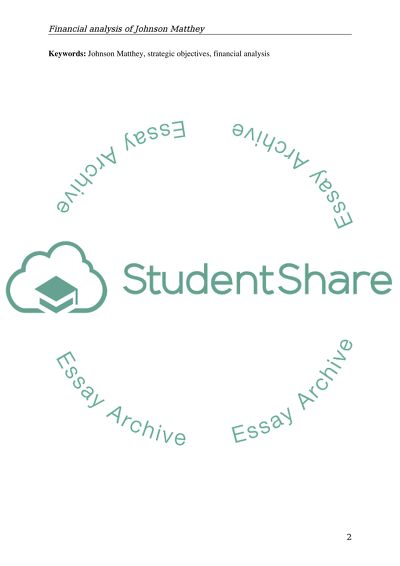Cite this document
(“Johnson Matthey Case Study Example | Topics and Well Written Essays - 2500 words”, n.d.)
Johnson Matthey Case Study Example | Topics and Well Written Essays - 2500 words. Retrieved from https://studentshare.org/miscellaneous/1514955-johnson-matthey
Johnson Matthey Case Study Example | Topics and Well Written Essays - 2500 words. Retrieved from https://studentshare.org/miscellaneous/1514955-johnson-matthey
(Johnson Matthey Case Study Example | Topics and Well Written Essays - 2500 Words)
Johnson Matthey Case Study Example | Topics and Well Written Essays - 2500 Words. https://studentshare.org/miscellaneous/1514955-johnson-matthey.
Johnson Matthey Case Study Example | Topics and Well Written Essays - 2500 Words. https://studentshare.org/miscellaneous/1514955-johnson-matthey.
“Johnson Matthey Case Study Example | Topics and Well Written Essays - 2500 Words”, n.d. https://studentshare.org/miscellaneous/1514955-johnson-matthey.


